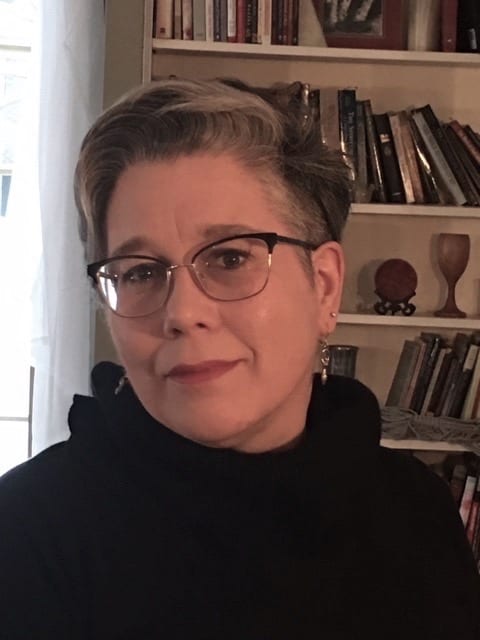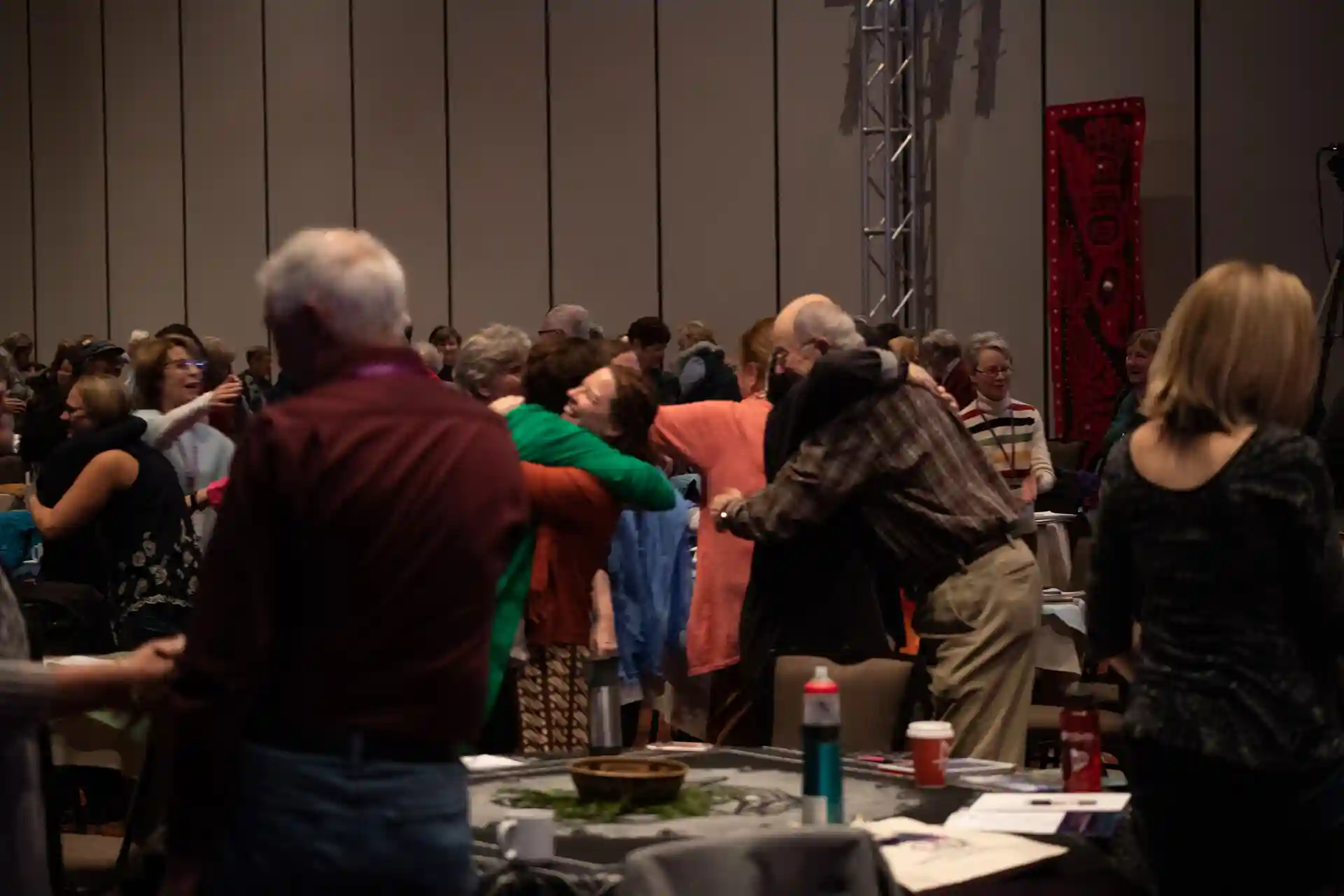Breathing is in vogue. The power of breath is the marketing anchor for pandemic-era businesses. Weight-loss plans, organic clothing lines, and meditation apps arrive in my social media feed. Images of willowy, culturally ambiguous young women breathe in serene meditative poses. In an Ohio, pandemic winter, I am especially vulnerable to the beach scenes that stir in me a longing for 76-degree tropical breezes. Namaste.
A steady and deliberate flow of oxygen enables the brain to transition from a place of panic to restored focus. This is physiology 101, plain and simple.
For all the hype of the breath, the filling of lungs truly does deserve a shout out. This week I downloaded a quick reference chart for paced breathing. I reminded an anxious client of what her nervous system had long forgotten. That a steady and deliberate flow of oxygen enables the brain to transition from a place of panic to restored focus. This is physiology 101, plain and simple.
In the 1980s research psychologist Marsha Linehan culled through clinical trials, searched out methods, and organized data. Linehan’s research and insight resulted in what is currently known as Dialectical Behavior Therapy. [1] DBT, as it is commonly called, was designed by Linehan, and it is now the only evidenced-based approach for suicidality and for the treatment of Borderline Personality Disorder, effective for leading suicidal patients out of desperate states of suffering. The life skills taught in DBT come back again and again to the breath.
When I work with a teenager in residential treatment we are very far from tropical sands. The trauma of her journey has usually accompanied my young client from scenes of unspeakable suffering into our white-walled treatment room. Her face, her countenance, often reveal a deep imbalance of emotions, thoughts, and focus. Perhaps angry marks on the forearm signal vain attempts to find release from the chaos. In the treatment room, the breath becomes a more effective tool for her to safely sit with herself. The oxygen regulates the reflexes that have learned to jump with the slightest trigger. It slows down the monkey mind that would swing her through a forest of panicky thoughts and actions. Breath brings her back to the center of life.
*******.
Breath has been so very difficult this year.
Literally. Figuratively. Collectively. Through four full seasons we have all worn the masks: N95s, homemade, cloth, and often – in feeble attempts at fashion – decorated in bling and color. I cannot decide if masks are worse in the sweltering heat of July sun or in February grocery runs. During a recent Ohio winter cold snap, I scurry in and out of Food Mart behind a paisley mask purchased from an on-line vendor. I catch a glimpse of myself in the window and realize that with hat, scarf, gloves, and mask, only a tiny patch of my own person shows in my eyes. Yet even these are not visible since my glasses become fogged. Moist hot breath sneaks out of the nose band making both breath and vision difficult. I have never been one to get winded. But today the tight-fitting cloth muffles my voice at check out. I am irritated and hot. It is so hard to breathe.
Breath has become a symbol of 21st-century suffering. It has been seven years since Eric Garner uttered his infamous last words, “I can’t breathe.” My irritating mask is nothing compared with the gasping struggle for life in a racist and class-bound world. Vast multitudes of people in our broken and wounded nation are now wheezing and gulping as much air as possible. If breath is the fundamental source of life, we feel far from it. I could spend the rest of my life awake at night – and sometimes I do toss and turn – in worry about the breathless state of this world.
*******.
From the floor below me I hear muffled laughter. This is a good thing. It has been a very long stretch of anxious routines and family ruts. One adult child is working long hours in a thankfully-secure, but tiring, service industry job. Another one is living back home again waiting for news about next steps. Generational clashes in our moderately sensitive home are nothing compared to the families I experience in my counseling office. I can hardly imagine what the next decade will bring for communities torn apart by red and blue banners, families divided by ideologies, institutions which no longer can sustain the brick and mortar existence of their 20th-century lives. There is so little laughter in the public square that the laughter below from my son and his partner washes over me in a great moment of relief.
Breath is what fuels laughter. According to some ancient traditions, breath is what fuels every bit of life itself. It was the Ruach-Spirit of the Hebrew scriptures that hovered over the face of creation itself, enlivening all that was and is and is to come. Those who wrote such scripture were cautious in their use of powerful words. The name of the Creator could scarcely be breathed so powerful was a name that would breathe life into life.[2] The Hebrew letters YHWH (yod, he, vav, he) finally became the agreed-upon identifier for the source of creation.
This morning, as the laughter rings below, I have just finished moments of feeble prayer. Most often these days, I hardly know what to pray, the words just jumble into a great big unknowing of anything. This morning, as I pray, the quiet name YHVH comes to mind. I remember learning that some ancients spoke these vowels in a breathy way. Breath in with Y(a)H. Breathe out with V(e)H. Y(a)H. V(e)H. Y(a)H. V(e)H. In. Out. In. Out. In. Out. In. Out.
Pray.
Breathe.
[1] Linehan, Marsha. Building a Life Worth Living. New York:Random House, 2020.
[2] Rohr, Richard. The Naked Now: Learning to See as the Mystics See. The Crossroad Publishing Company. 2009.

Jennifer Olin-Hitt lives in Ohio and spends her days as a Mental Health Therapist in the field of family therapy. She talks with teenagers and children about important things like anger, hope, and fears. In addition to her work with teens, Jen is a spiritual director and has been a public speaker in many venues. Jen parents a couple of young adults. She is married to Michael Olin-Hitt. She gardens vegetables and weeds. And every now and then Jen finds time to walk. Her website: https://jenniferolin-hitt.com/ . This post was first published on her blog.




1 thought on “Breathing Hope”
i found the reflection on the breath is very enlightening , informative and has the power of transforming